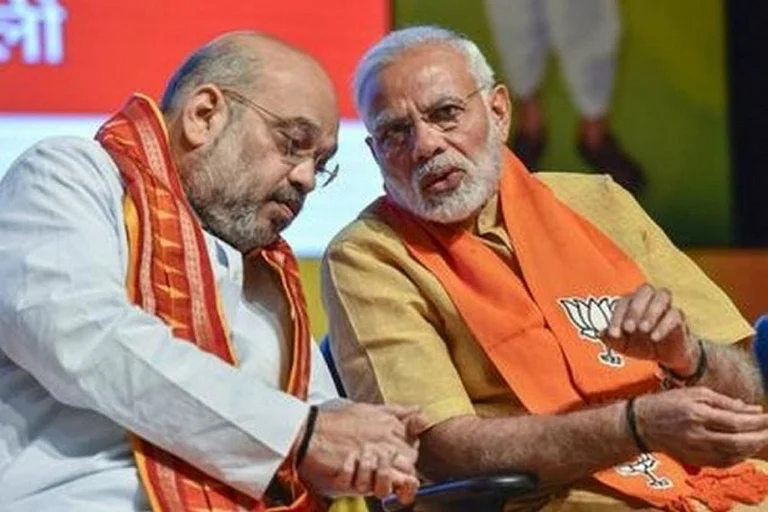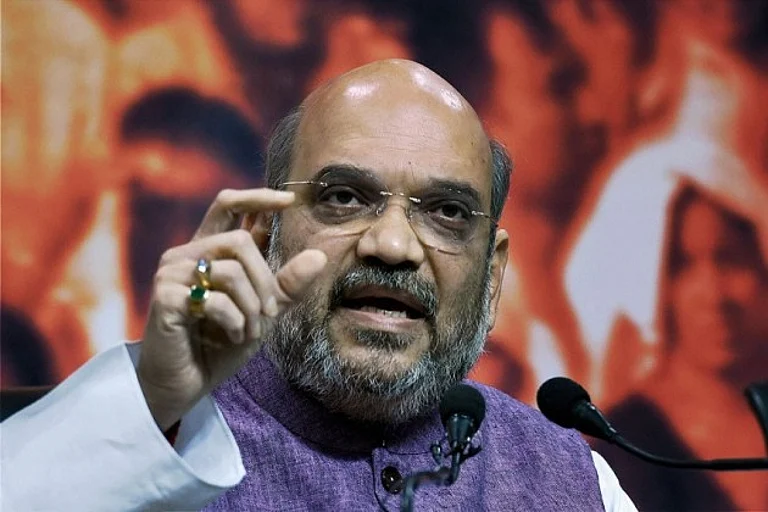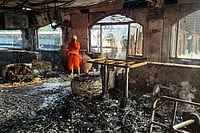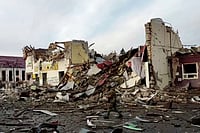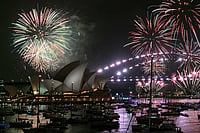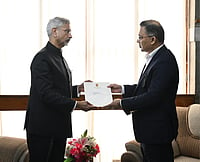In what has been dubbed as India’s first AI elections, a wealth of fake/doctored clips involving top aides of Prime Minister Narendra Modi and senior opposition leaders have triggered a political storm amidst different political parties vying for power.
With social media emerging as the most happening platform this election season where different political discourses are shared, forwarded and debated on, it has come as a challenge for the consumers to differentiate between what’s real and what’s not, especially as the world of AI continues to evolve.
From deepfake videos of Bollywood stars Aamir Khan and Ranveer Singh endorsing the opposition and criticising Modi to an altered video of Congress leader Rahul Gandhi showing him making a calculation error, technology has been blatantly misused, with several cases coming up this election season.
The most recent doctored video involved Union Home Minister Amit Shah saying in Telangana that the ruling Bharatiya Janata Party will stop certain social guarantees for minorities, a subject sensitive for millions of voters.
While Shah has previously said the BJP would remove the 4 per cent reservation for Muslims that is in place in Telangana and Andhra Pradesh, the video being circulated was allegedly doctored using technology to make it seem like Shah was saying all reservations, including of SCs and STs, would be scrapped. Although the video was altered using video editing tools to decontextualise a statement made by the Home Minister, fact-checking units have since then clarified that the video was not a deep-fake as claimed by several BJP leaders including PM Narendra Modi.
How the video came to light
The doctored videos were widely shared by several social media handles of the Telangana Congress. BJP spokesperson Amit Malviya alleged that the edited video being shared by Congress leaders had potential to cause ‘large-scale violence’.
A complaint was then lodged with the Delhi police on April 28 and an FIR was registered the same day. The FIR stated, “….It has been found that some doctored videos are being circulated by users of Facebook and Twitter (now X). The video seems to be doctored, spreading misleading information with the intention of creating disharmony among communities which is likely to affect tranquility and create public order issues.”
The social media company X traced the IP address from where the video was first uploaded onto the platform, to Telangana. During investigation, police summoned around 24 persons, including the Telangana Chief Minister, Revanth Reddy, five from Telangana, one from Jharkhand, one from Nagaland Congress party, and another from Samajwadi Party, asking them to join the probe.
Although Home Minister Amit Shah alleged that Revanth Reddy had also circulated the video, Reddy’s lawyer asserted that the Congress leader had nothing to do with creating or posting the doctored video of Amit Shah’s speech.
Mislabelling fake videos as ‘deep fake’
While various BJP leaders and mainstream media outlets labeled the video as a ‘deep fake’, fact-checking unit Boomlive found that the doctored video was created by splicing different portions of his speech using video editing tools and was hence not altered or created using artificial intelligence or deep learning algorithms.
While deep fake videos have been circulating amidst the ongoing Lok Sabha elections, internet rights activists warn that the term 'deepfakes' can also be misused to dismiss any “evidence” or information that a political leader might not like.
In another such example, last year, while addressing the media at a Diwali Milan organised by BJP at its national headquarters in New Delhi November, Modi highlighted the threats of 'deep fakes'. As an example, he went on to cite a video he had seen, purportedly of himself dancing garba, and called it a deep fake. BOOM had fact-checked this video, and found out that it was neither a deepfake, nor edited, but showed a real video of a Narendra Modi-lookalike named Vikas Mahante dancing garba at a Diwali event in the UK.








